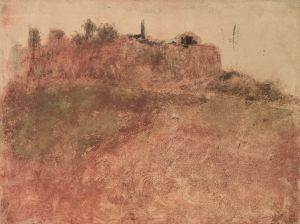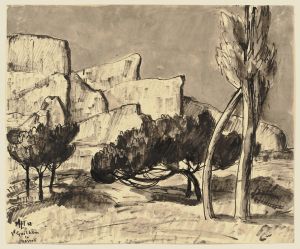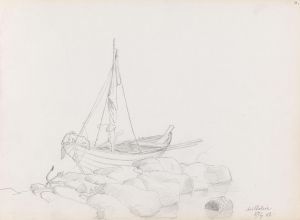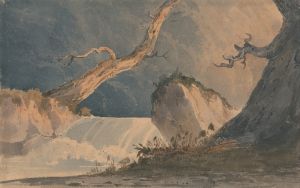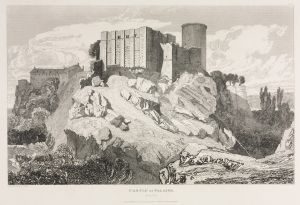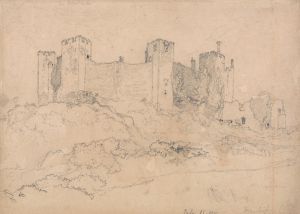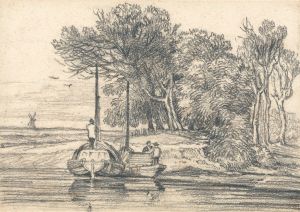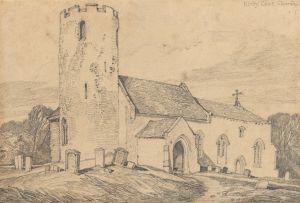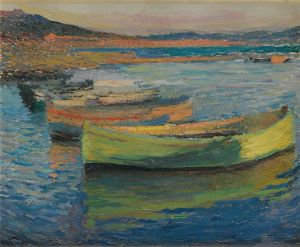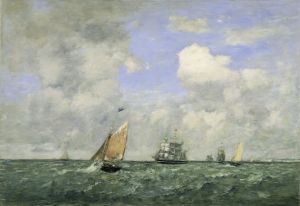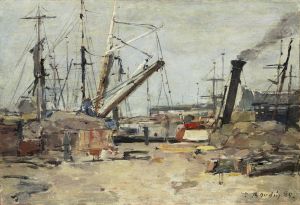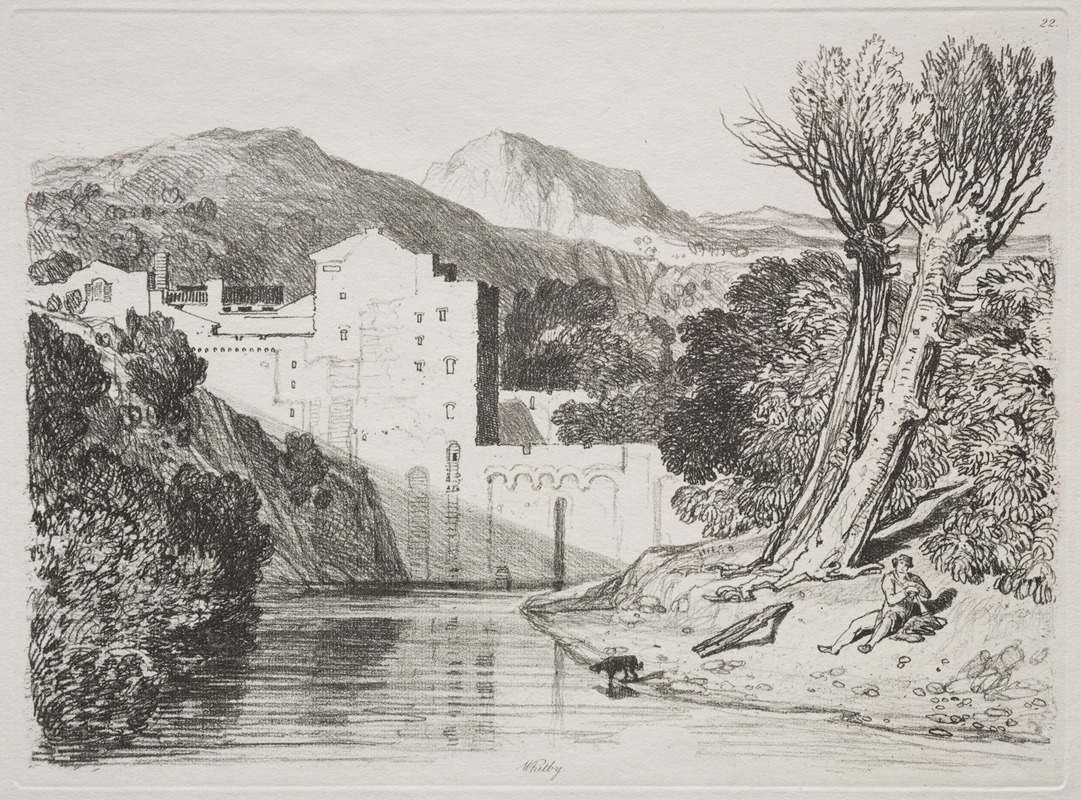
Whitby
A hand-painted replica of John Sell Cotman’s masterpiece Whitby, meticulously crafted by professional artists to capture the true essence of the original. Each piece is created with museum-quality canvas and rare mineral pigments, carefully painted by experienced artists with delicate brushstrokes and rich, layered colors to perfectly recreate the texture of the original artwork. Unlike machine-printed reproductions, this hand-painted version brings the painting to life, infused with the artist’s emotions and skill in every stroke. Whether for personal collection or home decoration, it instantly elevates the artistic atmosphere of any space.
John Sell Cotman (1782–1842) was an English marine and landscape painter, etcher, illustrator, and a leading member of the Norwich School of painters. One of his notable works is "Whitby," a painting that captures the essence of the coastal town of Whitby in North Yorkshire, England. This painting is an exemplary piece that showcases Cotman's skill in depicting maritime scenes and his keen eye for detail and composition.
"Whitby" by John Sell Cotman is celebrated for its atmospheric quality and the artist's ability to convey the unique character of the town. Whitby, known for its picturesque harbor, historic abbey, and dramatic cliffs, provided a rich subject for Cotman's artistic exploration. The painting typically features elements such as the town's architecture, the bustling harbor, and the natural landscape, all rendered with Cotman's distinctive style.
Cotman was known for his use of watercolors and oils, and his technique often involved a delicate balance of light and shadow, which brought a sense of depth and realism to his works. In "Whitby," Cotman employed a muted color palette, which was characteristic of his later works. This palette helped to create a serene and contemplative mood, capturing the quiet beauty of the coastal town.
The composition of "Whitby" is carefully structured, with a focus on the interplay between the natural and man-made elements of the scene. Cotman often included detailed depictions of ships and boats, reflecting his fascination with maritime subjects. The inclusion of these elements not only adds to the authenticity of the scene but also highlights the importance of the sea to the town's livelihood and culture.
John Sell Cotman's connection to the Norwich School of painters is significant in understanding his artistic development. The Norwich School was the first provincial art movement in Britain, and it emphasized the depiction of local landscapes and scenes. Cotman's work, including "Whitby," is a testament to the school's influence, showcasing a commitment to capturing the beauty of the English countryside and coastal areas.
Throughout his career, Cotman produced numerous sketches and studies of Whitby, which he later used as references for his finished paintings. These preparatory works demonstrate his meticulous approach to capturing the essence of his subjects. "Whitby" stands out as a prime example of Cotman's ability to translate his observations into a cohesive and evocative painting.
In summary, "Whitby" by John Sell Cotman is a notable work that exemplifies the artist's mastery of landscape and maritime painting. Through his careful composition, use of color, and attention to detail, Cotman successfully captures the unique charm of the coastal town of Whitby. This painting remains an important piece within Cotman's oeuvre and a valuable representation of the Norwich School's artistic legacy.






